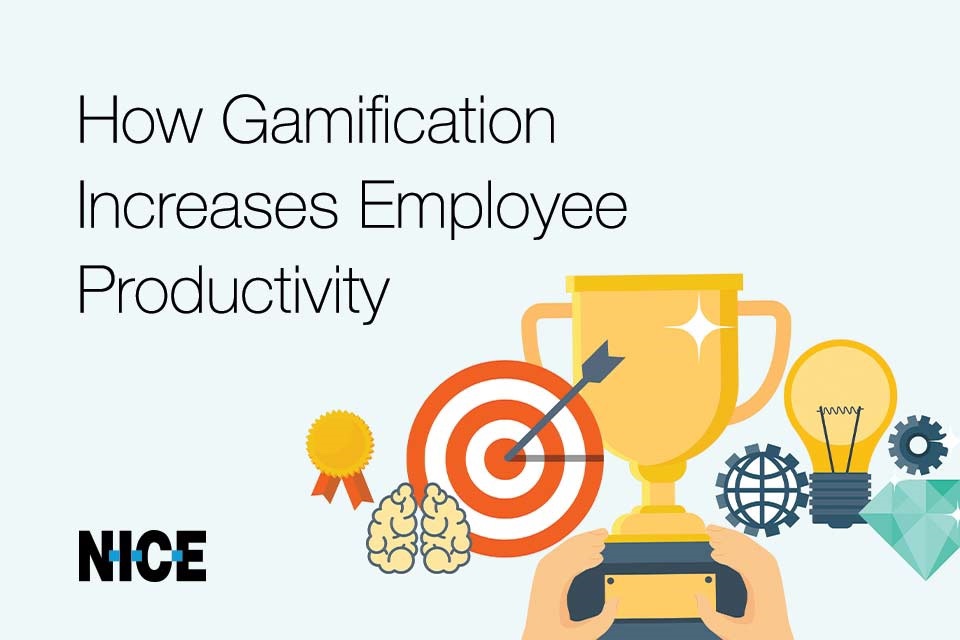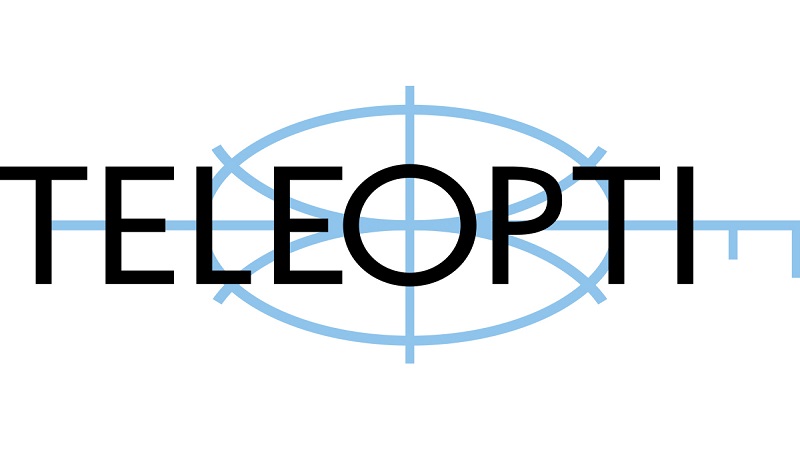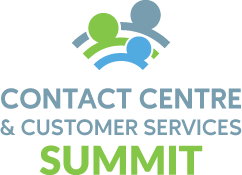How gamification increases employee productivity in the contact centre

By Noa Shlomo, Product Manager, NICE With more employees working from home than ever before, contact center leaders have had to rethink how they maintain business as usual and continue driving toward organizational goals. In this new environment, gamification has emerged as a critical way of ensuring employee productivity and engagement. Contact center employees who […]
Start to nurture future budding customer service professionals, says Teleopti…

Workforce management consultant at Teleopti UK, Ben Willmott, explains the three simple workforce management strategies to attract the brightest young talent, and keep ahead of the competition. From transforming a contact centre environment to suit the next generation of digitally-led professionals, to introducing gamification by accommodating the trend of constant feedback; following the three strategies […]

